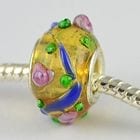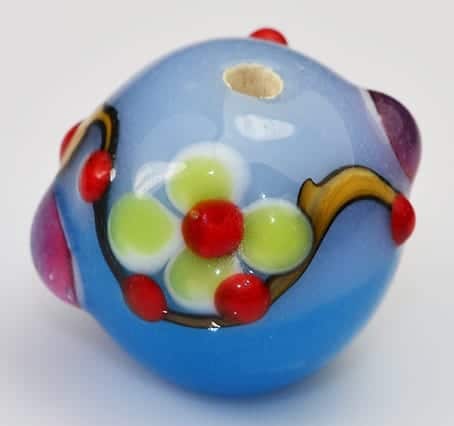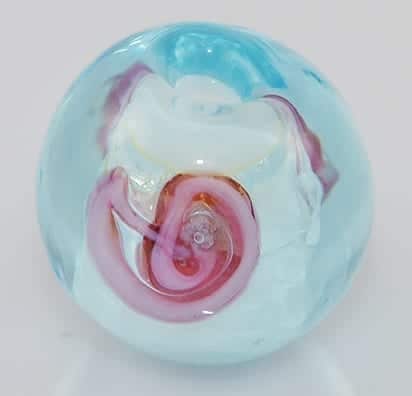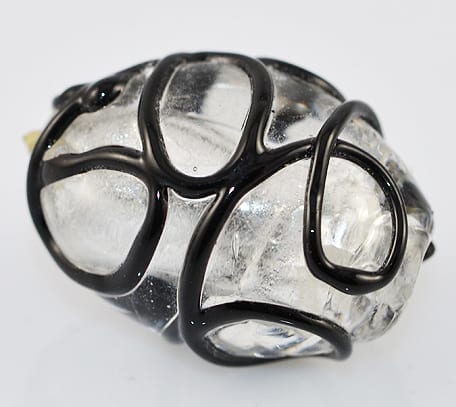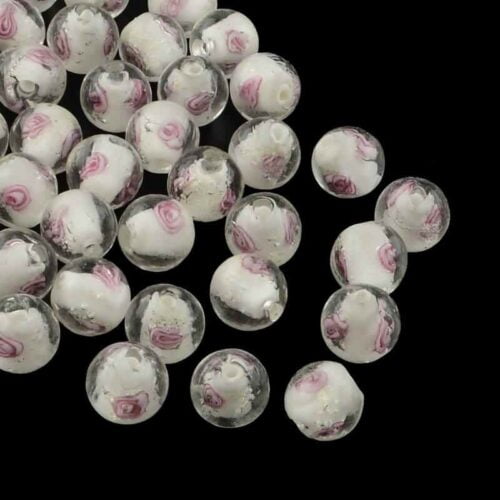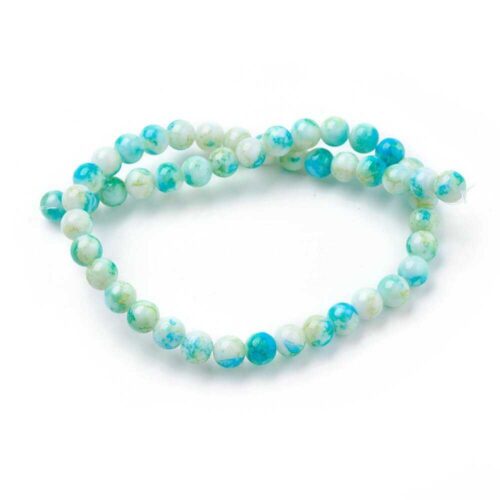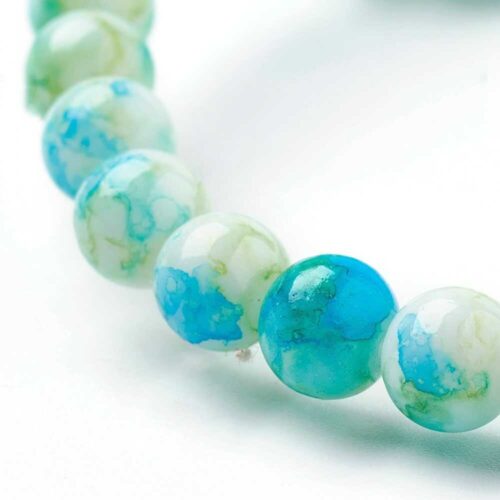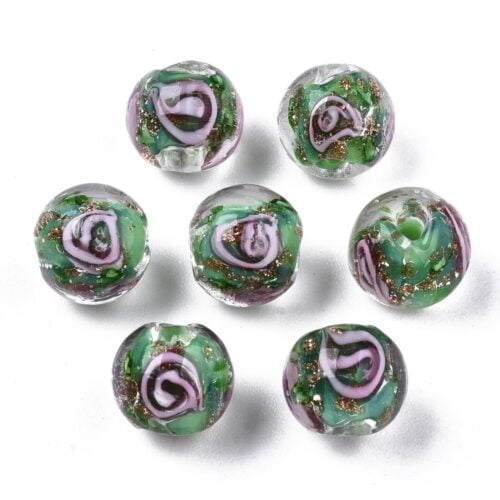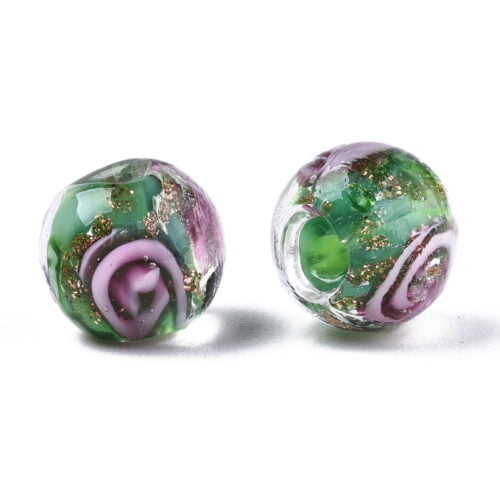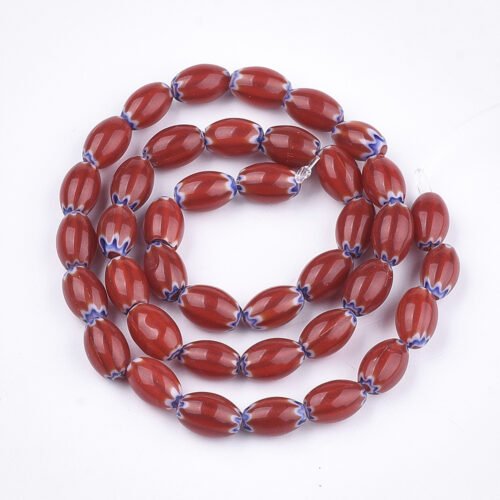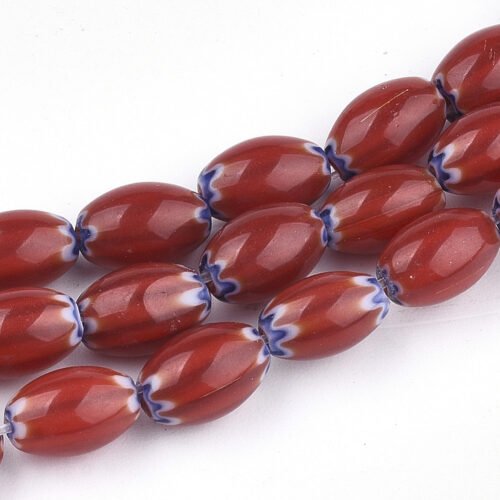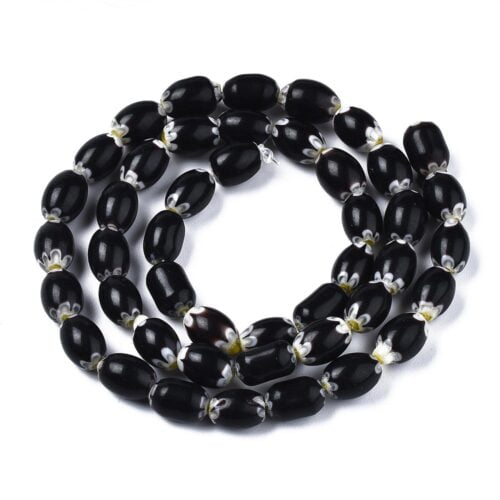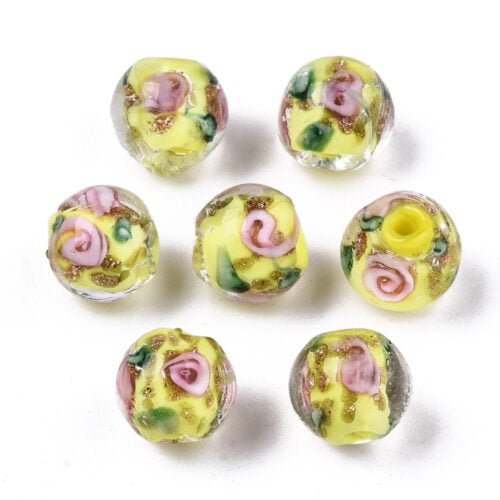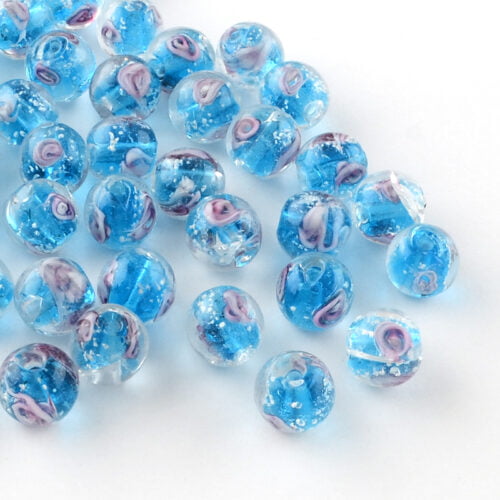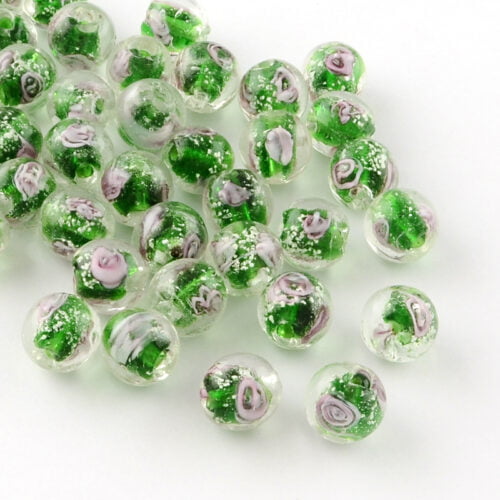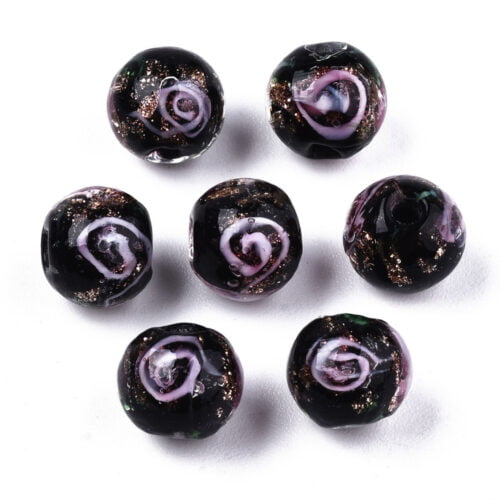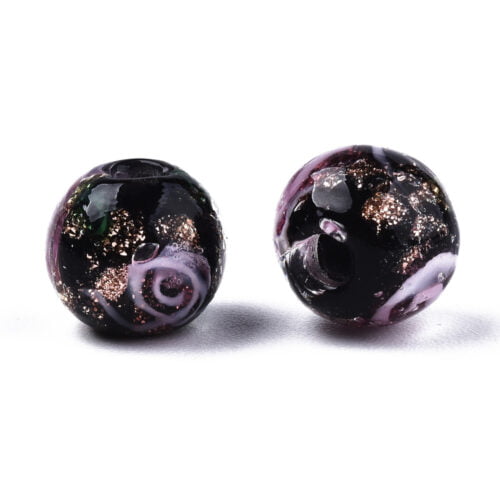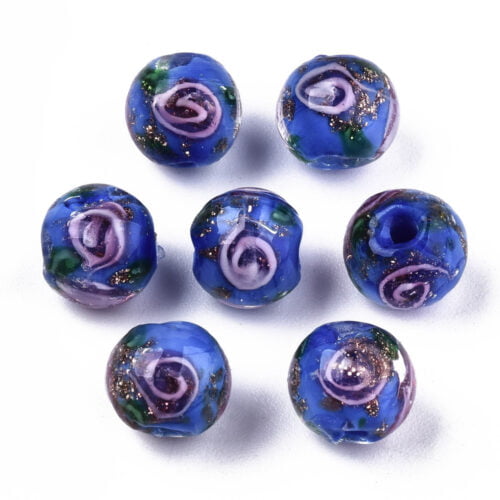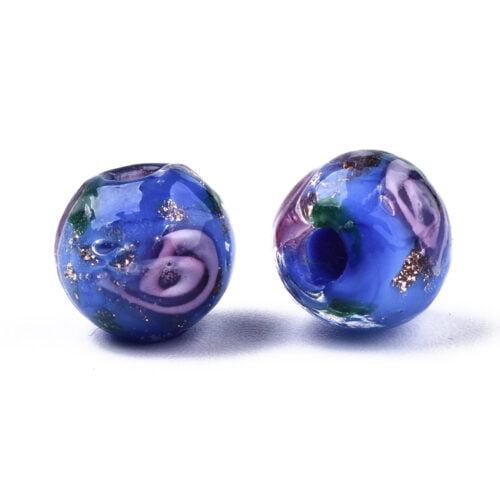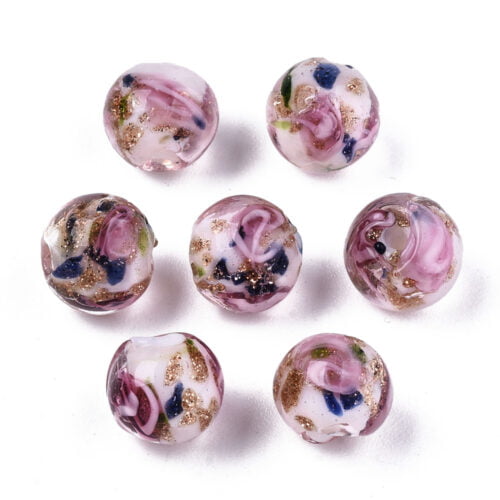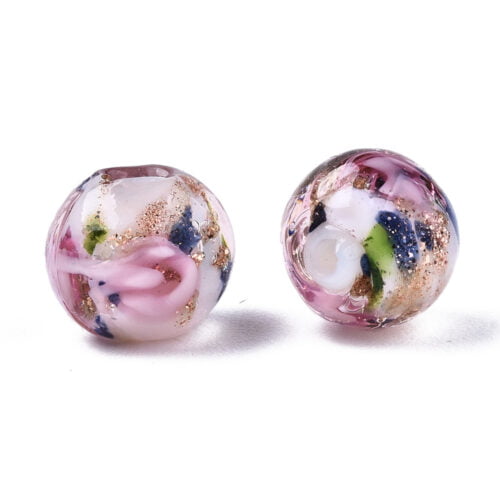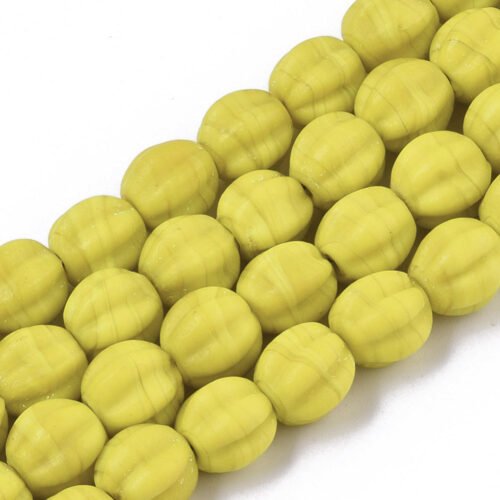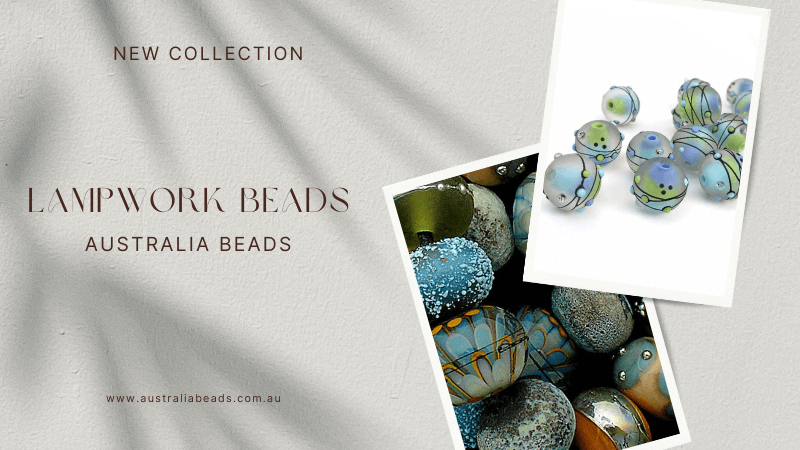
Latest Products
The Enduring Appeal of Lampwork Beads: A Journey Through History, Craft, and Contemporary Design
Lampwork beads, with their vibrant colours, intricate designs, and captivating stories, have captivated artisans and adornment enthusiasts for centuries. From their ancient origins to their modern resurgence, these handcrafted glass beads represent a fascinating intersection of art, history, and personal expression. This essay explores the rich history of lampwork beads, delves into their diverse uses, and examines the exciting trends shaping their future.
A Glimpse into the Past: Tracing the Origins of Lampwork
The story of lampwork beads is intertwined with the history of glassmaking itself. While the exact origins are debated, evidence suggests that the techniques used in lampworking, also known as flameworking or torchworking, can be traced back to ancient civilizations. Some scholars point to evidence of glass bead production in Mesopotamia and Egypt as early as the 3rd millennium BC. These early artisans likely used rudimentary tools and kilns to melt and shape glass, creating beads for adornment and trade.
The Romans, renowned for their mastery of various crafts, further developed glassworking techniques. They produced intricate glass objects, including beads, using methods that bear resemblance to modern lampworking. During the Roman era, glass beads became highly sought-after trade items, spreading across Europe and beyond.
The art of lampworking flourished in Venice, Italy, during the Middle Ages and Renaissance. Venetian glassmakers, particularly those on the island of Murano, became renowned for their exceptional skill and artistry. They developed specialized techniques for creating intricate and colourful glass beads, including the iconic millefiori (thousand flowers) beads. These beads, characterized by their intricate floral patterns, were highly prized and traded throughout the world, contributing significantly to Venice’s wealth and reputation as a center of glassmaking.
From Ancient Adornment to Contemporary Expression: The Diverse Uses of Lampwork Beads
Throughout history, lampwork beads have served a multitude of purposes, ranging from simple adornment to complex expressions of cultural identity and artistic vision.
-
Jewelry: The most common use of lampwork beads is in jewelry making. They are incorporated into necklaces, bracelets, earrings, and pendants, adding a touch of colour, texture, and artistry. The versatility of lampwork beads allows them to be used in a wide range of jewelry styles, from traditional to contemporary.
-
Fashion Accessories: Beyond traditional jewelry, lampwork beads are used to embellish clothing, handbags, and other fashion accessories. They can add a unique and personalized touch to any outfit.
-
Decorative Objects: Lampwork beads are also used to create decorative objects, such as sculptures, figurines, and home décor items. The intricate designs and vibrant colours of these beads make them ideal for adding a touch of artistic flair to any space.
-
Religious and Spiritual Practices: In some cultures, lampwork beads are used in religious or spiritual practices. They may be incorporated into prayer beads or used as talismans or amulets.
-
Craft and DIY Projects: Lampwork beads are a popular choice for craft and DIY projects. They can be used to create a wide range of items, from bookmarks and keychains to personalized gifts and home décor.
The Evolving Landscape: Latest Trends in Lampwork Bead Design
The world of lampwork beads is constantly evolving, with artists pushing the boundaries of creativity and innovation. Several exciting trends are shaping the future of this ancient craft:
-
Emphasis on Sustainability: Increasingly, lampwork artists are focusing on sustainable practices. This includes using recycled glass, minimizing waste, and employing energy-efficient techniques. The use of ethically sourced materials is also gaining importance.
-
Exploration of New Techniques: Lampwork artists are continually experimenting with new techniques and materials. This includes incorporating different types of glass, exploring new colour combinations, and combining lampwork with other art forms, such as metalworking and ceramics.
-
Intricate and Detailed Designs: The level of detail and artistry in lampwork beads continues to impress. Artists are creating increasingly intricate designs, including miniature sculptures, detailed floral patterns, and complex geometric shapes.
-
Personalization and Customization: The demand for personalized and customized jewelry and accessories is growing. Lampwork artists are responding to this trend by offering custom-made beads and jewelry, allowing customers to create unique pieces that reflect their personal style.
-
Integration of Technology: Technology is playing an increasingly important role in the world of lampwork. Artists are using digital tools to design beads, create molds, and even control the temperature of their torches. Online platforms and social media have also become essential for artists to showcase their work, connect with customers, and learn from each other.
-
Focus on Storytelling: Many lampwork artists are using their creations to tell stories, express emotions, and convey messages. Their beads become miniature works of art with deeper meaning and significance.
-
Collaboration and Community: The lampwork community is vibrant and supportive, with artists sharing their knowledge and collaborating on projects. This sense of community fosters creativity and innovation, driving the evolution of the craft.
The Enduring Legacy of Lampwork Beads
Lampwork beads represent more than just decorative objects; they embody a rich history, a vibrant artistic tradition, and a powerful means of self-expression. From their ancient origins to their modern resurgence, these handcrafted glass beads have captivated people for centuries. As artists continue to explore new techniques, embrace sustainable practices, and push the boundaries of creativity, the future of lampwork beads looks brighter than ever. The enduring appeal of these miniature works of art ensures that they will continue to be cherished and admired for generations to come.


